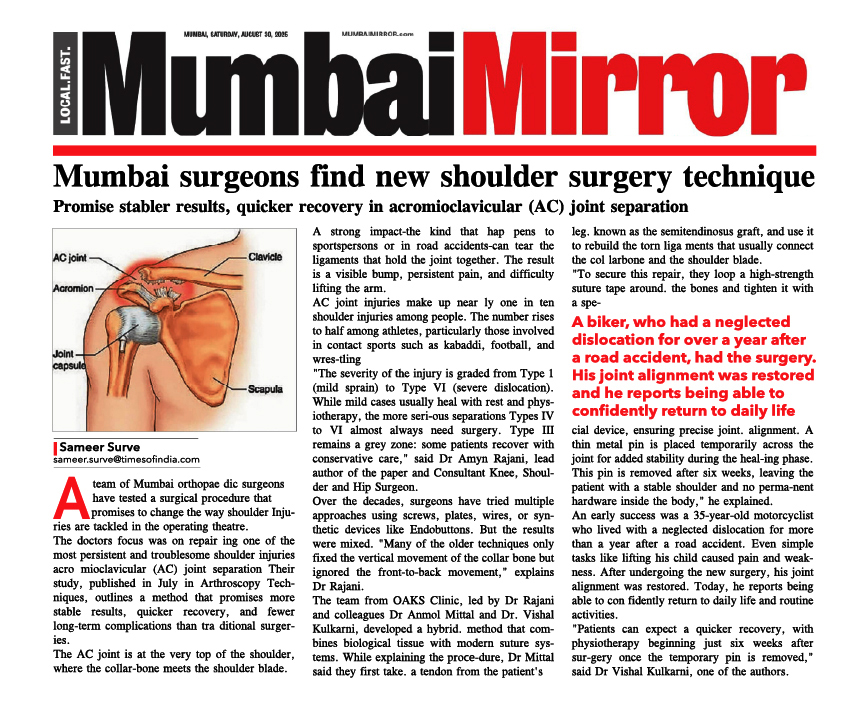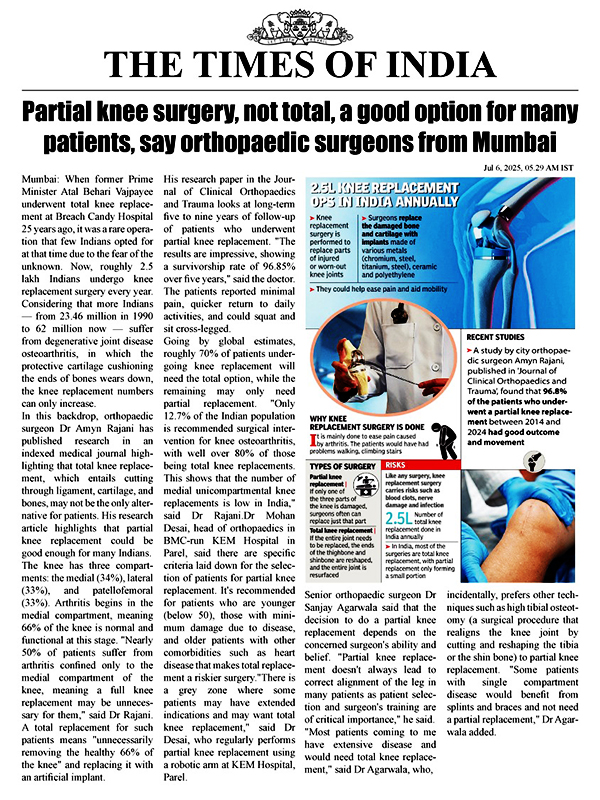Introduction to Chondromalacia
Chondromalacia, a condition affecting the cartilage beneath the kneecap, can cause discomfort and limited mobility for many individuals. Understanding its causes, symptoms, and effective diagnosis is crucial in managing this condition effectively.
Understanding the Causes of Chondromalacia
- Traumatic Injuries
Injuries, such as a direct blow to the knee or repetitive stress, can lead to chondromalacia. Understanding the significance of trauma in its development is vital.
- Overuse of the Knee Joint
Constant strain or overuse due to certain occupations or sports activities can contribute to the wearing down of the cartilage, leading to chondromalacia.
- Misalignment of the Patella
An improper alignment of the kneecap can result in abnormal pressure on the cartilage, eventually causing chondromalacia. Recognizing this alignment issue is pivotal in preventing further damage.
Exploring the Symptoms of Chondromalacia
Individuals with chondromalacia often experience persistent knee pain, especially during physical activities. Swelling, inflammation, and a grinding or popping sensation are common signs necessitating attention.
Diagnosing Chondromalacia
- Physical Examination
Doctors conduct a thorough physical exam to assess tenderness, range of motion, and any unusual sensations around the knee joint.
- Imaging Tests
Advanced imaging techniques like X-rays, MRI, or CT scans help visualize the knee's internal structures, aiding in accurate diagnosis.
- Arthroscopy
In some cases, a minimally invasive arthroscopic knee procedure allows direct visualization of the knee joint, facilitating a more precise diagnosis.
Treatment Options for Chondromalacia
- Lifestyle Modifications
Implementing lifestyle changes, such as avoiding activities that exacerbate symptoms or modifying movement patterns, can alleviate discomfort.
- Physical Therapy
Specialized exercises and physical therapy sessions help strengthen muscles and improve knee stability, reducing pain and enhancing function.
- Medications and Injections
Pain-relieving medications or corticosteroid injections may provide temporary relief from symptoms.
- Surgical Interventions
In severe cases, surgical procedures like arthroscopic knee surgery or realignment of the patella might be recommended to address significant damage.
Preventive Measures to Manage Chondromalacia
- Exercise and Strengthening Routines
Adopting targeted exercises to strengthen muscles around the knee can prevent further deterioration of cartilage.
- Proper Footwear and Support
Wearing appropriate footwear and using supportive braces or orthotics can aid in maintaining proper alignment and reducing strain.
- Avoiding Overuse and High-Impact Activities
Limiting activities that stress the knee joint excessively can prevent worsening of chondromalacia.
Living with Chondromalacia
Coping strategies, including stress management and seeking support from healthcare professionals or support groups, can greatly assist individuals in managing the challenges posed by chondromalacia.
Conclusion
Chondromalacia, though challenging, can be managed effectively through a combination of proper diagnosis, treatment, and preventive measures. Understanding its causes and symptoms is key to adopting appropriate strategies for relief and improved quality of life.
FAQ
Can chondromalacia be cured completely?
Chondromalacia is a condition involving the deterioration of cartilage beneath the kneecap. While there isn't a guaranteed cure, its symptoms can often be managed effectively through various treatments like physical therapy, lifestyle modifications, and sometimes surgery. Managing the symptoms is crucial for maintaining a good quality of life.
Is surgery the only option for severe chondromalacia?
Surgery is not always the first or only option for severe chondromalacia. Depending on the severity of the condition, conservative treatments like physical therapy, medications, lifestyle changes, and injections may be effective. Surgery might be considered when other methods haven’t provided relief or in cases of significant damage.
Are there specific exercises to avoid with chondromalacia?
Individuals with chondromalacia should generally avoid high-impact activities or exercises that place excessive stress on the knees, such as deep squats, lunges, or activities involving jumping. It's advisable to consult with a orthopaedic doctor in Mumbai or physical therapist to develop an exercise regimen suitable for managing the condition.
Can chondromalacia affect individuals of all age groups?
Chondromalacia can affect people of various age groups, but it's more commonly observed in younger individuals, particularly adolescents and young adults involved in sports or activities that stress the knees. However, it can also occur in older adults due to wear and tear on the knee joint over time.
Is it safe to continue physical activities with chondromalacia?
While it's essential to stay active for overall health, individuals with chondromalacia should be cautious about engaging in activities that aggravate knee pain or discomfort. Low-impact exercises like swimming, cycling, or moderate walking can be safer options. Consulting with a knee specialist in Mumbai or physical therapist can provide personalized guidance on safe physical activities.
Always consult with a doctor for personalized diagnosis and treatment recommendations related to chondromalacia or any medical condition.
Dr. Amyn Rajani is a highly regarded Orthopaedic Knee Surgeon in Mumbai, known for his expertise in treating conditions like chondromalacia. With extensive experience and a commitment to patient-centric care, Dr. Rajani employs advanced techniques and personalized treatment plans to address knee-related issues, including chondromalacia. His compassionate approach and dedication to restoring knee function have earned him recognition in the field of orthopaedic surgery, making him a trusted choice for individuals seeking quality care for chondromalacia in Mumbai.
To schedule an appointment, call on Clinic Number: 91-88989 75355 / 91-22-23619137






Thanks for the post